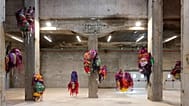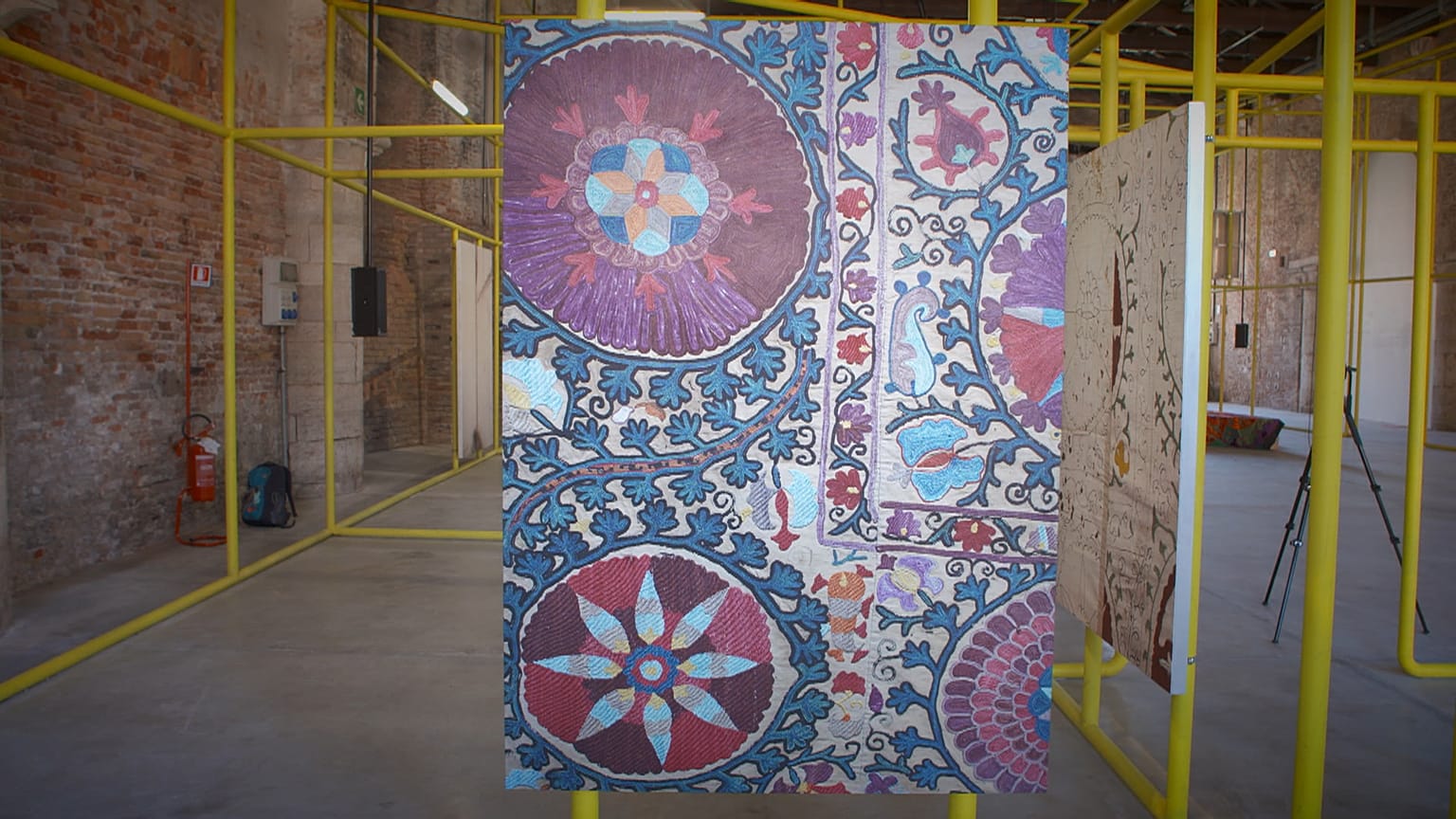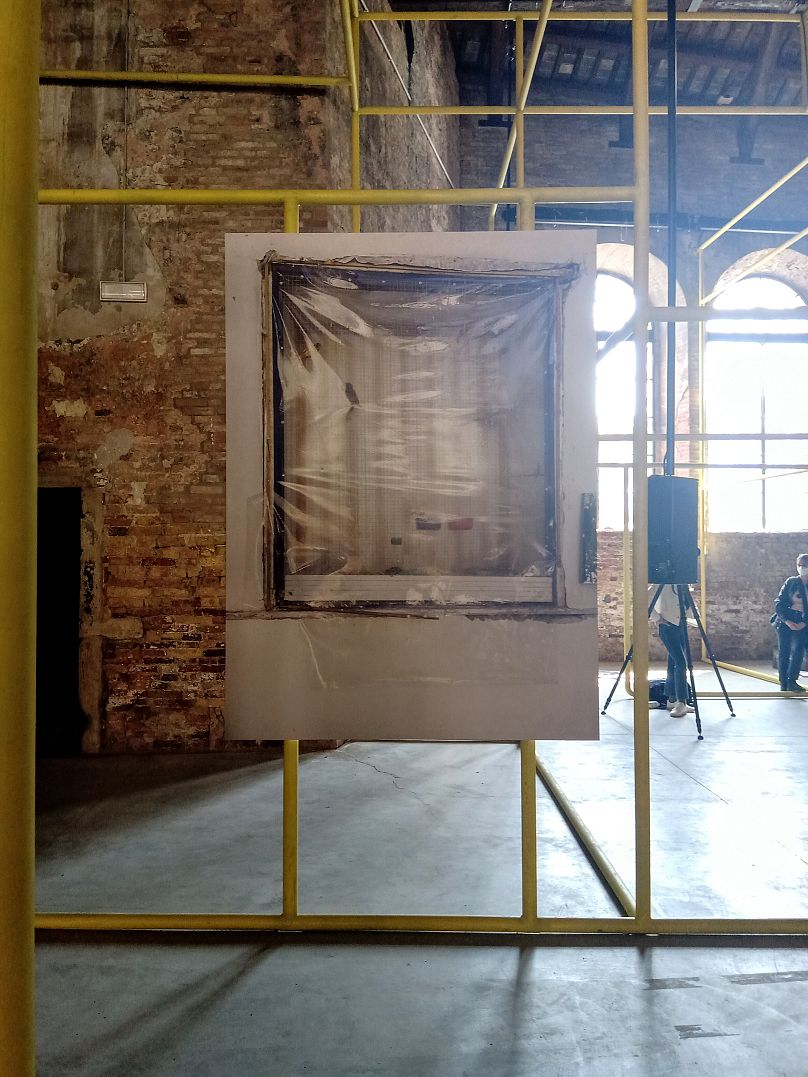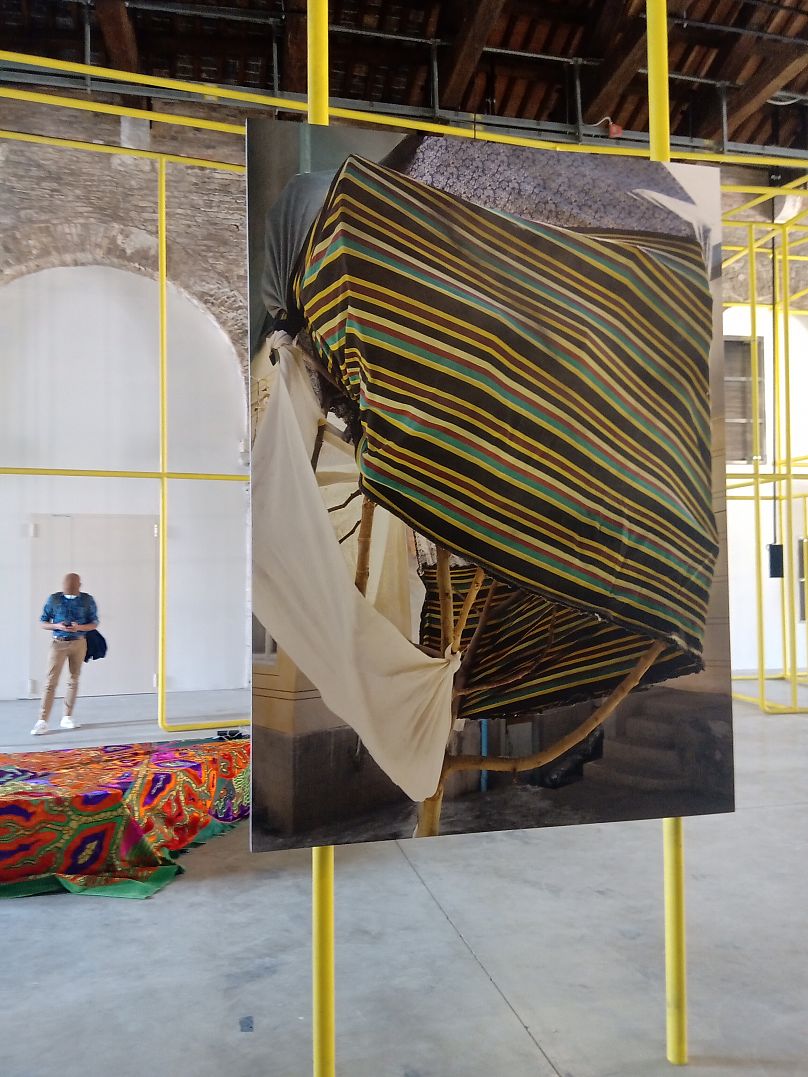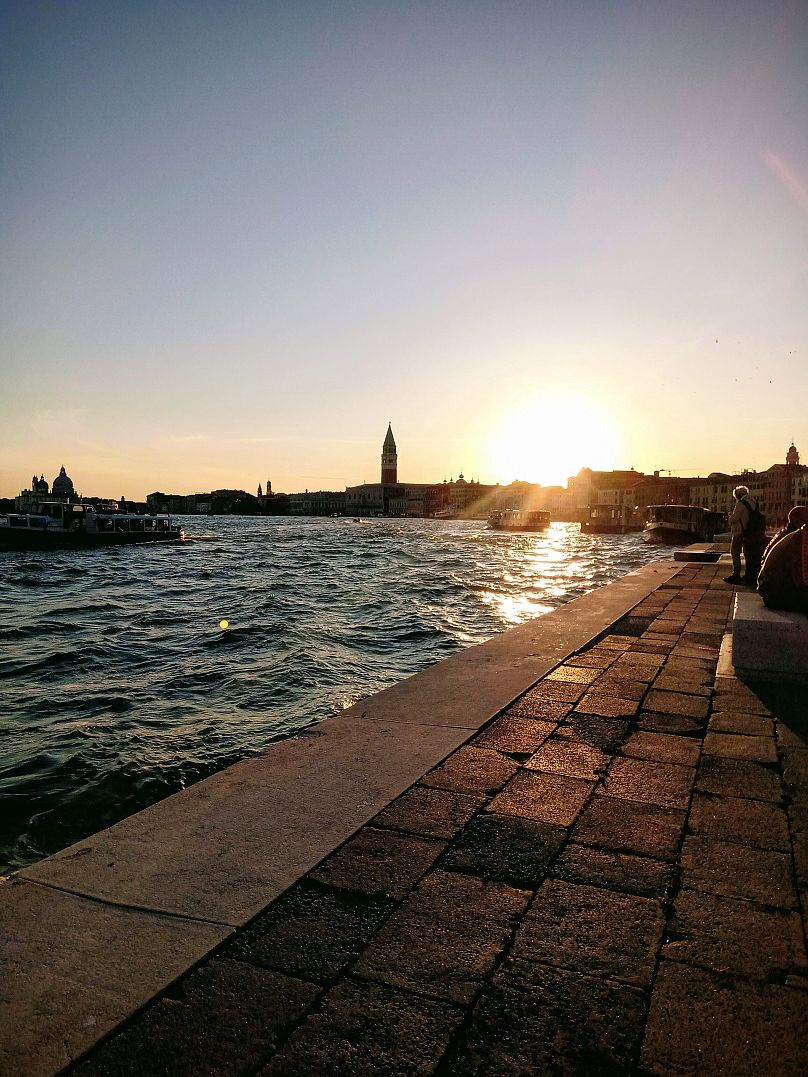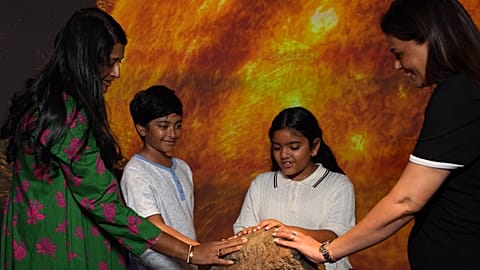How will we live together? That is the main theme of the 2021 edition of the International Architecture Exhibition at the Venice Biennale. Uzbekistan, a first time participant, answers it with 'Mahalla: Urban Rural Living'.
The 17th edition of the International Architecture Exhibition has kicked off in the splendid setting of the Venice Biennale. For the first time ever Uzbekistan is participating. It is also the only Central Asian country to have its own national pavilion at the event.
Uzbekistan's exhibition entitled "Mahalla: Urban-Rural Living" was inaugurated at the Arsenale on May the 20th. Some of the most important cultural authorities took part in the ceremony, cutting the ribbon and giving a press conference.
Aziz Abdukhakimov is the Deputy Prime Minister, Minister of Tourism and Sports and Chairman of the Organizing Committee of the National Pavilion of Uzbekistan. He tells us that their exhibition is all about "rediscovering Uzbekistan" via "our mahalla".
The meaning of mahalla
A mahalla is the Uzbek equivalent of an urban neighbourhood and much more. The mahalla is an important part of everyday social life in Uzbekistan. They take many different forms, depending on the region, tradition, climate, and are not the same in every urban setting. Historically, mahallas were built around family ties.
These neighbourhoods host weddings, funerals, family settlements, administrative events and social celebrations. They are an outlet for much of Uzbekistan's population. Currently, it is estimated that there are around 10 000 mahallas in Uzbekistan, each with an average population of 2000.
Saida Mirziyoyeva is the Deputy Chairperson of the Board of Trustees, Art and Culture Development Foundation under the Ministry of Culture of the Republic of Uzbekistan, special support. She says that mahallas are a "unique architectural and social phenomenon, a traditional way of living as a community, a form of neighbourhood and unit of local governance".
Aziz Abdukhakimov also believes that the unique mahallas, that Saida Mirziyoyeva so adeptly describes, could be helpful to Europe, "as an example of how people of different religions, different languages, different cultures, different nationalities can live in peace and tranquility, helping each other".
Experiencing the atmosphere of a real mahalla
Visitors to the pavilion find themselves immersed in a typical Uzbek courtyard house, represented by a life-size abstraction in yellow steel tubes. It all comes to life in 3D images on the exhibition's app, which allows the curious to take a virtual journey inside this home.
Christoph Gantenbein, exhibition curator and co-founder of Christ & Gantenbein, tells of his experience with the mahalla represented at the Biennale. "We learnt that life and architecture only work together. Architecture for itself is nothing and life needs built surroundings, it needs a shelter, it needs a framework and these courtyard houses are beautiful examples for that".
The metal structure interpretation of the Mahalla is complemented by twelve photographs by Bas Princen. The background sound to recreate the everyday Mahalla atmosphere is created by Carlos Casas. The exhibition itself is the Uzbek answer to the question of this edition of the Biennale: How will we live together?
An educational project
The project has strong educational and academic goals. This is confirmed to us by Gayane Umerova, Executive Director of the Arts and Culture Development Foundation under the Ministry of Culture of the Republic of Uzbekistan and Exhibition project commissioner. Her research in the field and her work with two foreign curators, Christ and Gantenbein, has allowed her to discover some very talented students, ready to work towards the future.
She tells us how important it is to open up students’ minds, so they can think outside the box, even as "a collaboration, as a kind of exchange of energy". She is sure that in the future further international projects will be done together because they really offer a unique learning experience.
Many Mahallas will inevitably disappear in the future due to economic pressure, changing habits, as well as the lack of necessary infrastructure. The aim of this project is also to document this heritage before it disappears.
Roberto Cicutto, President of La Biennale di Venezia, gave us his thoughts on 'Mahalla: Urban-Rural Living'. He describes the project as beautiful, "this type of architecture is a human vision that truly shows life together both from a housing point of view and from a community point of view". To him, the project is "fully embracing the times we live in and the intentions of the Biennale".
This edition of the Biennale, curated by architect Hashim Sarkis, hosts 46 countries and will run until the 21st of November.


